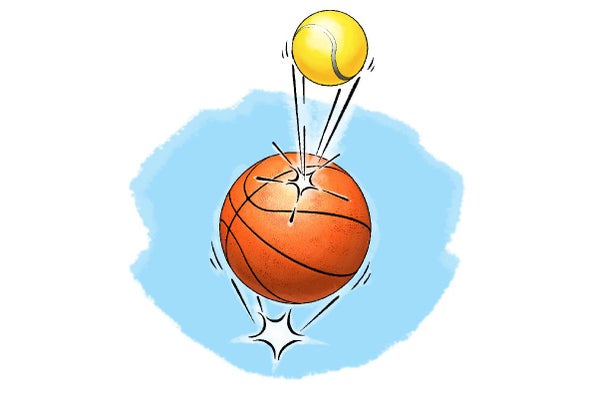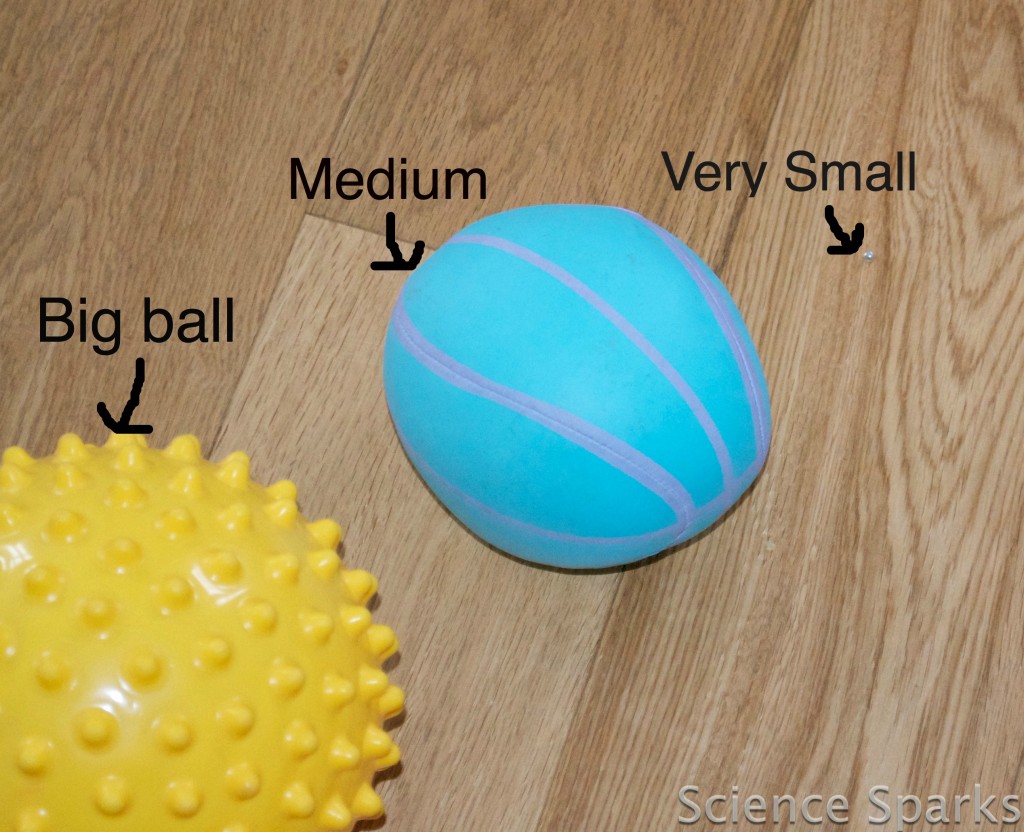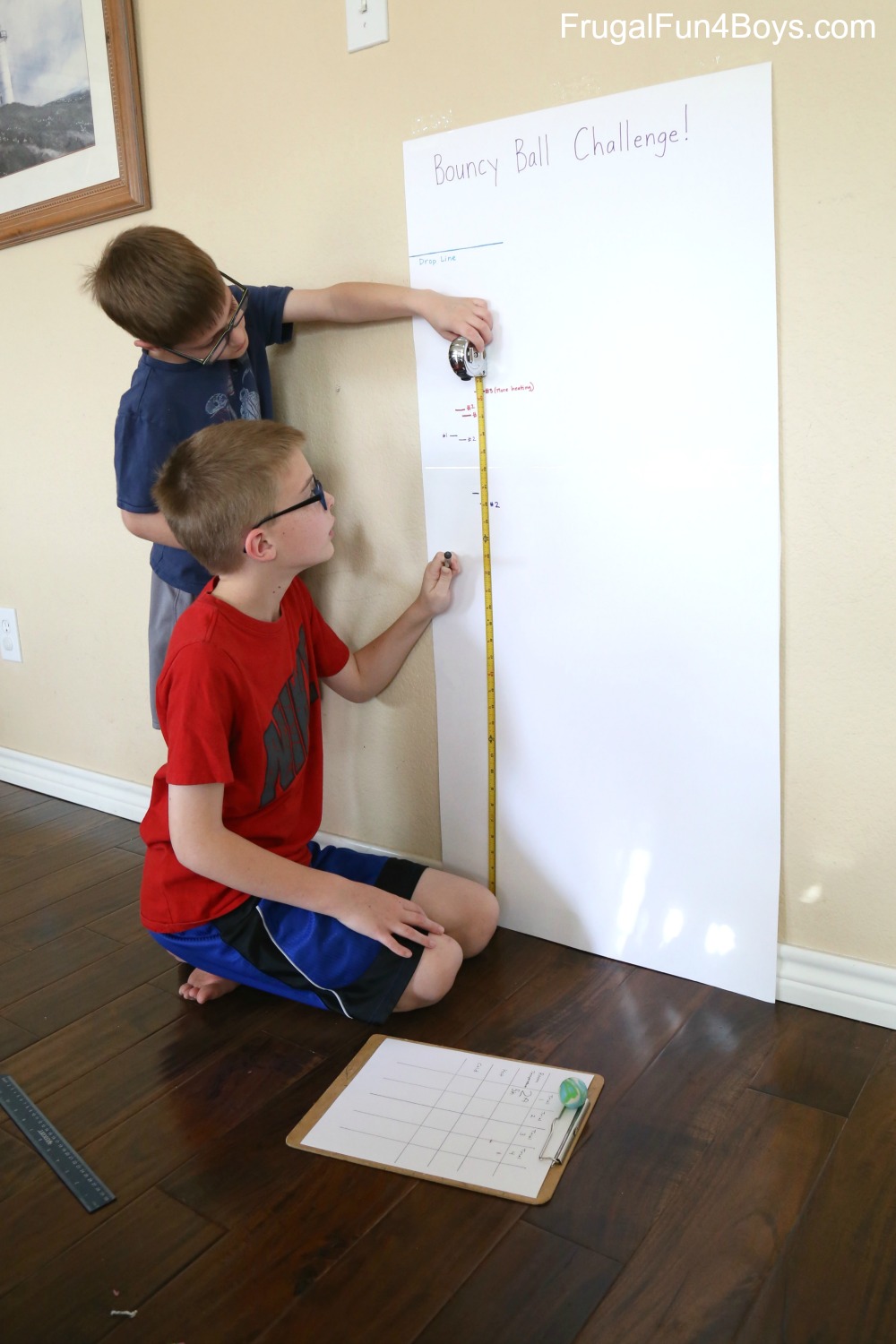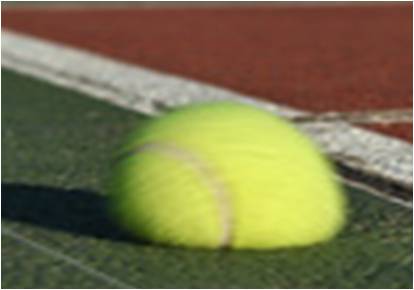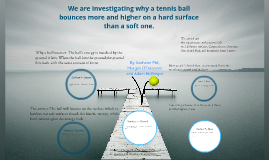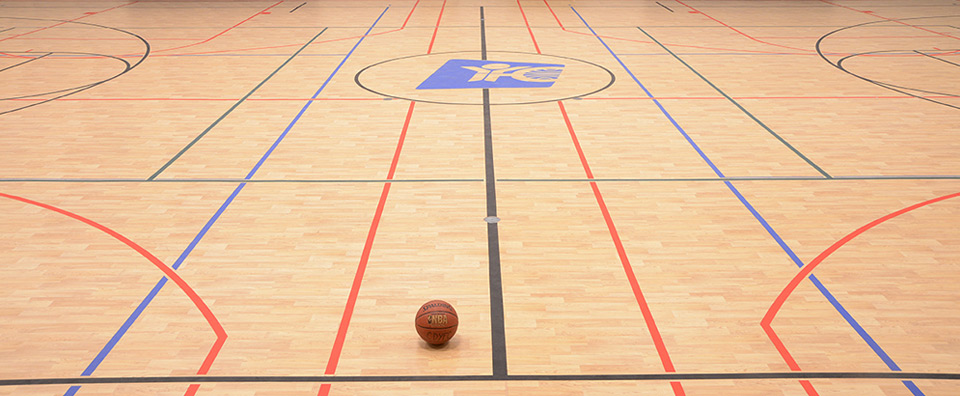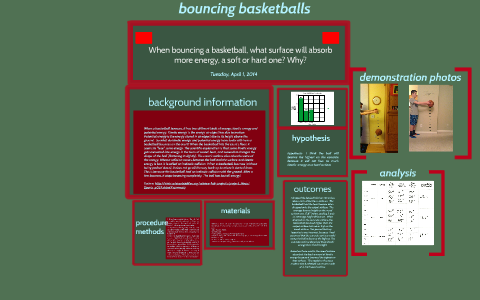Difference Between Ball Bouncing On Floor Vs Carper

Technological advances have multiplied the flooring options for basketball.
Difference between ball bouncing on floor vs carper. This simply means the floor joists needed to be the next size up or even taller for the given span you have. Each have decided advantages and disadvantages that may or may not fit your lifestyle. Competition basketball gymnasiums may benefit from an anchored resilient subfloor as this system group typically produces consistent and uniform ball bounce. Floating nail down and glue down.
For certain types of flooring materials there are three common methods of installation. You can sometimes achieve the tougher standard by decreasing the spacing between floor joists. Because anchored resilient systems are fastened to the concrete the possibility of dead spots forming is greatly minimized as the playing surface is more likely to remain even. Since some of the ball s energy went into the carpet the ball doesn t have as much energy afterwards and it can t bounce as high.
Such floors are considered the best kind for dance and indoor sports and physical education. They enhance performance and greatly reduce injuries. The main differences between the ball multi floor 2 and ball animal 2 involve suction power size cleaning capacity and accessories. Price comparison of tile vs.
More to explore physics of. The sad thing is the floor could have been designed to meet a stronger standard the 1 in 480 deflection standard. For example depending on the type of basketball and surface you may have seen the ball bounce about 15 inches high on carpet and about 25 inches high on concrete. Deciding between tile and carpet requires careful planning and thought.
Previous generation of players competed indoors on wood tile or tartan surfaces and outdoors on either concrete or asphalt but new synthetic surfaces and sports court technologies have created a whole new range of choices. Modern sprung floors are supported by foam backing or rubber feet while traditional floors provide their spring through bending woven wooden battens. But if you bounce it on something solid like a hardwood floor the floor doesn t really have any give to it so it doesn t absorb very much of the energy.

